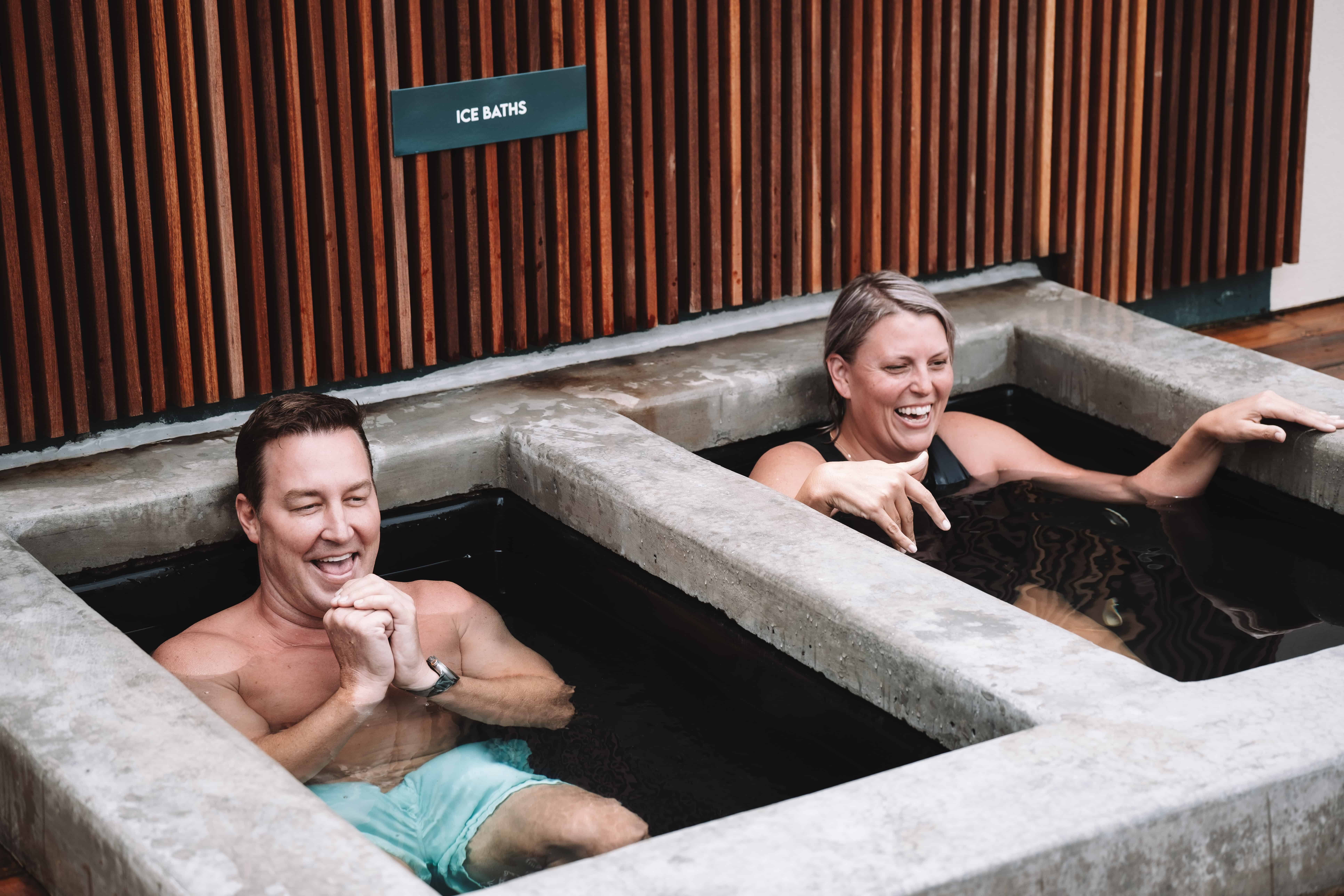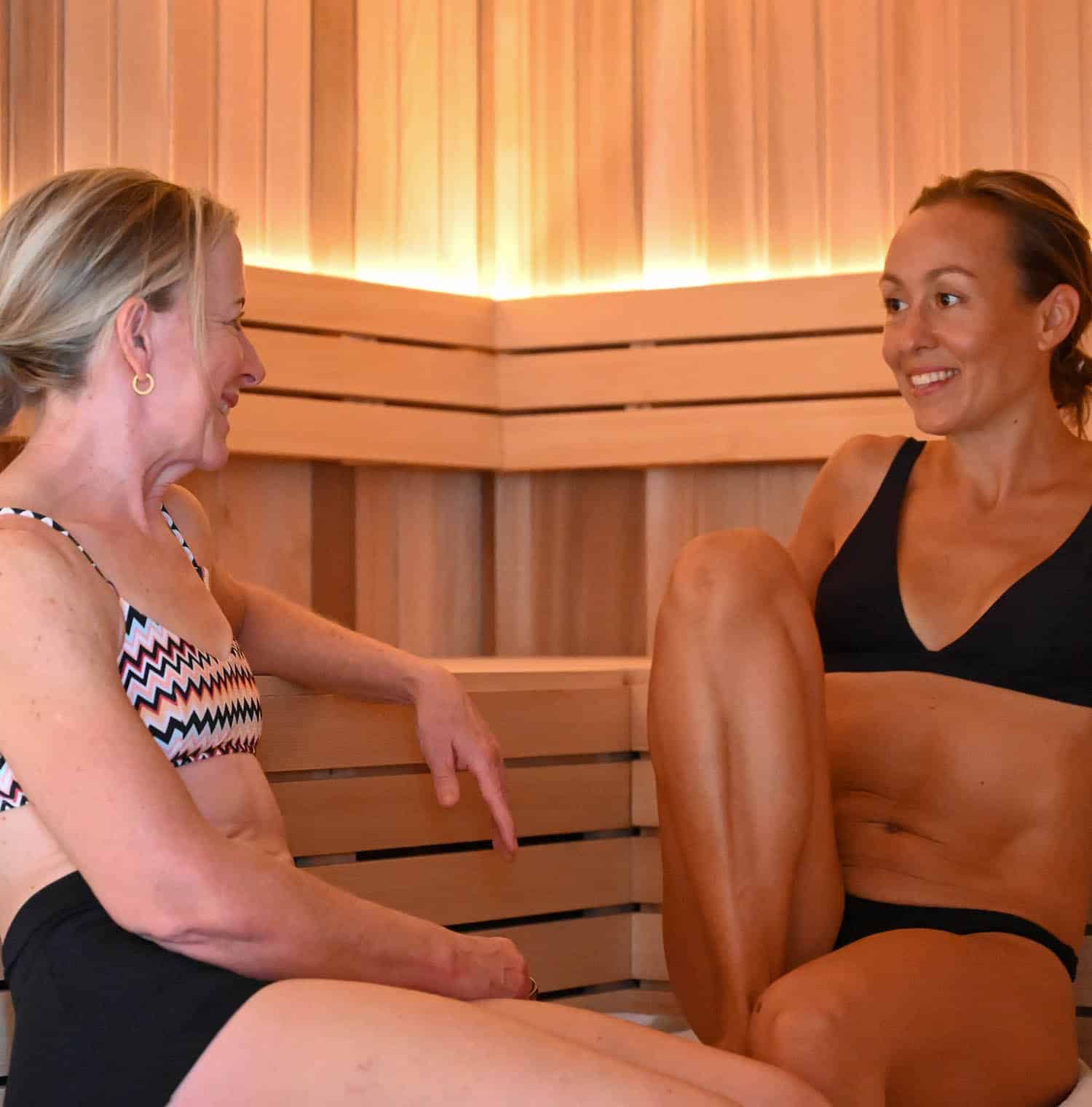Ice baths have become increasingly popular as a form of cold therapy for athletes and individuals seeking to enhance their recovery process.
The benefits of ice baths include reducing muscle soreness, decreasing inflammation, and improving overall mental well-being.
However, it is important to have a post-ice bath routine to optimise the effects and ensure a safe and enjoyable experience.
In this article, we will explore the best practices for what to do after an ice bath, providing you with a comprehensive guide to maximise your recovery and reap the benefits of this cold therapy.
1. Safely Exiting the Ice Bath
After immersing yourself in the icy water, the first step is to safely exit the ice bath. This is often overlooked but crucial for preventing accidents or injuries.
When you first stand up, you may feel a bit off balance due to vasoconstriction, which reduces blood flow to your extremities.
To maintain your balance, take it slow and steady. If needed, use support from a nearby wall or chair. By gradually getting up, you can avoid dizziness or lightheadedness that may occur when transitioning from the cold to an upright position.
2. Drying Off Completely
Once you have safely exited the ice bath, dry off completely. While some individuals may attempt evaporative cooling by allowing the water on their skin to naturally dry, this method is limited in its effectiveness.
Instead, use towels to thoroughly dry yourself. This not only helps prevent any lingering cold sensation but also prepares your body for the next step in the post-ice bath routine.
3. Warming Up Naturally
To get the most out of your ice bath session, it is recommended to warm up naturally instead of immediately resorting to hot showers or high-temperature environments.
Embrace your body’s natural heat production, also known as thermogenesis, to gradually increase your body temperature.
After drying off, consider wrapping yourself in a towel or wearing an extra layer of clothing to provide additional warmth.
Light yoga exercises, such as the Horse Stance, can also help generate heat and maintain warmth. If needed, add more clothing layers or opt for a warm shower, but keep in mind that it is important to allow your body to return to its natural state at its own pace.
4. Engaging in Gentle Mobility Exercises
After warming up, it is beneficial to engage in light mobility exercises to promote blood circulation and further increase your body temperature.
However, avoid stretching when your muscles are still cold, as it may lead to muscle damage. Instead, focus on gentle movements that activate different muscle groups.
Consider activities such as walking, arm circles, leg swings, and air squats. These exercises can help loosen up your muscles and enhance the recovery process.
5. Replenish with a Light Meal and Hydration
Ice baths can be physically demanding and may leave you feeling tired and hungry. It is important to replenish your energy and hydrate your body post-ice bath.
Opt for a light meal or snack that provides essential nutrients to support your recovery. Foods rich in healthy fats, protein, and iron, such as eggs, can help warm up your body from the inside.
Additionally, hydrate yourself by drinking water or warm liquids like coffee or tea. Warm beverages can help raise your body temperature and provide a comforting sensation.
6. Utilising Foam Rollers or Massage Guns (If Available)
To further enhance your recovery, consider incorporating foam rollers or massage guns into your post-ice bath routine.
These tools can help alleviate muscle tension, improve flexibility, and promote faster recovery. Foam rollers are beneficial for targeting larger muscle groups, while massage guns provide targeted relief for hard-to-reach areas.
Experiment with different techniques and find what works best for you in terms of relaxing your muscles and aiding in recovery.
7. Taking Notes for Future Improvement
Keeping track of your ice bath sessions and noting down important details can be valuable for future reference and improvement.
Jot down information such as the duration of your ice bath, the amount of ice used, the lowest temperature reached, and any observations regarding your experience.
This record can help you fine-tune your future ice bath sessions and optimise them according to your needs.
Additionally, note any safety concerns or unexpected sensations you may have experienced to ensure a safer and more enjoyable experience in the future.

Take the Plunge: Join Our 7-Day Ice Bath Challenge
And there you have it – simple yet effective steps to make the most of your ice bath recovery. Curious to see how these work in real life? Join us for the Vikasati 7-Day Ice Bath Challenge.
From January 22nd to January 28th, dive into an experience that blends challenge with rejuvenation, all for just $99.
You’ll get full access to our ice baths, hot and cold magnesium pools, and even a Finnish sauna. It’s a fantastic way to bring these tips to life and feel the difference firsthand.
Ready to jump in? Sign up today.








